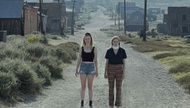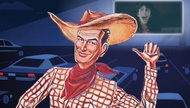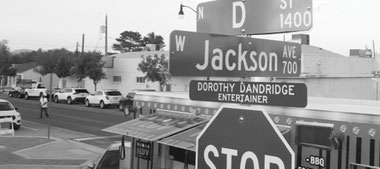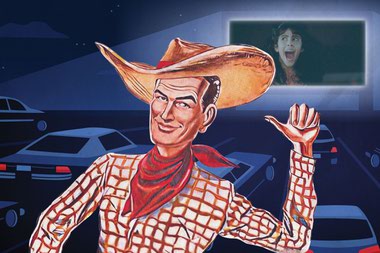The difficulty with which children’s author Maurice Sendak’s Where the Wild Things Are was brought to the screen has been well documented. Director Spike Jonze worked on his adaptation for over five years, hashing out the script with Dave Eggers, struggling with puppeteers to get the look of the monsters right, then dickering endlessly with the studio over issues that remained unclear until recently. Jonze, an eccentric and witty director of films and innovative, exuberant maestro of music videos, was attempting something very rare both onscreen and in literature: The studio wanted a children’s movie; he wanted to make a film about childhood.
More
- Related Stories
- Where the Emo Things Are
- Soundtrack review
The margin for error in such an endeavor is so wide that it seems most artists fall into it before they get started. In literature, William Maxwell’s So Long, See You Tomorrow or more recently Alice Sebold’s The Lovely Bones are admired by adults for capturing something ephemeral about the world of a child. Holden Caulfield and, of course, Anne Frank, whose voice is at once genuine and ingeniously crafted—the mark of a true writer, as Francine Prose argues in her recent book about the teenage Holocaust victim—are beloved because they nail down in words something most of us can’t really explain: what it’s like to be young.
On film that challenge is manifold, as not just the voice but also the look and feel of childhood are at stake; it’s a feeling that can’t be broadly defined, only recognized when it appears. Some of cinema’s greatest filmmakers—Francois Truffaut (The 400 Blows), Ingmar Bergman (The Magic Flute, Fanny and Alexander), Federico Fellini (Amarcord)—have made masterpieces by connecting not to the nostalgic longing for a time passed but the more pure, joyous ache for a time still living somewhere inside of us. Steven Spielberg is the American master of this feeling; that his E.T., a watershed film about childhood that appealed to children as well, should now be seen by studios as a risky model is crappy news for those of us who crave cinematic reflection on the most formative time of our lives.
Jonze’s résumé was more of a recommendation for this gig than it may have seemed: The man who put Björk in her own mini-musical and John Cusack inside John Malkovich’s nervous system is an expert at creating unlikely, seriously whimsical worlds. Unlikeliest of all is the imaginary realm of a lonely, wilding little boy: While Jonze’s instincts serve the narratively focused, affecting opening scenes of young Max struggling at home well, once he crosses over to where the wild things are, more often the tone succumbs to the free-floating—which is to say enjoyable if purposeless—euphoria of a Jonze video. The fact that it is this quality that actual children will probably respond to most adds a layer of irony to a film that is nothing if not rich with sincerity.







Previous Discussion: